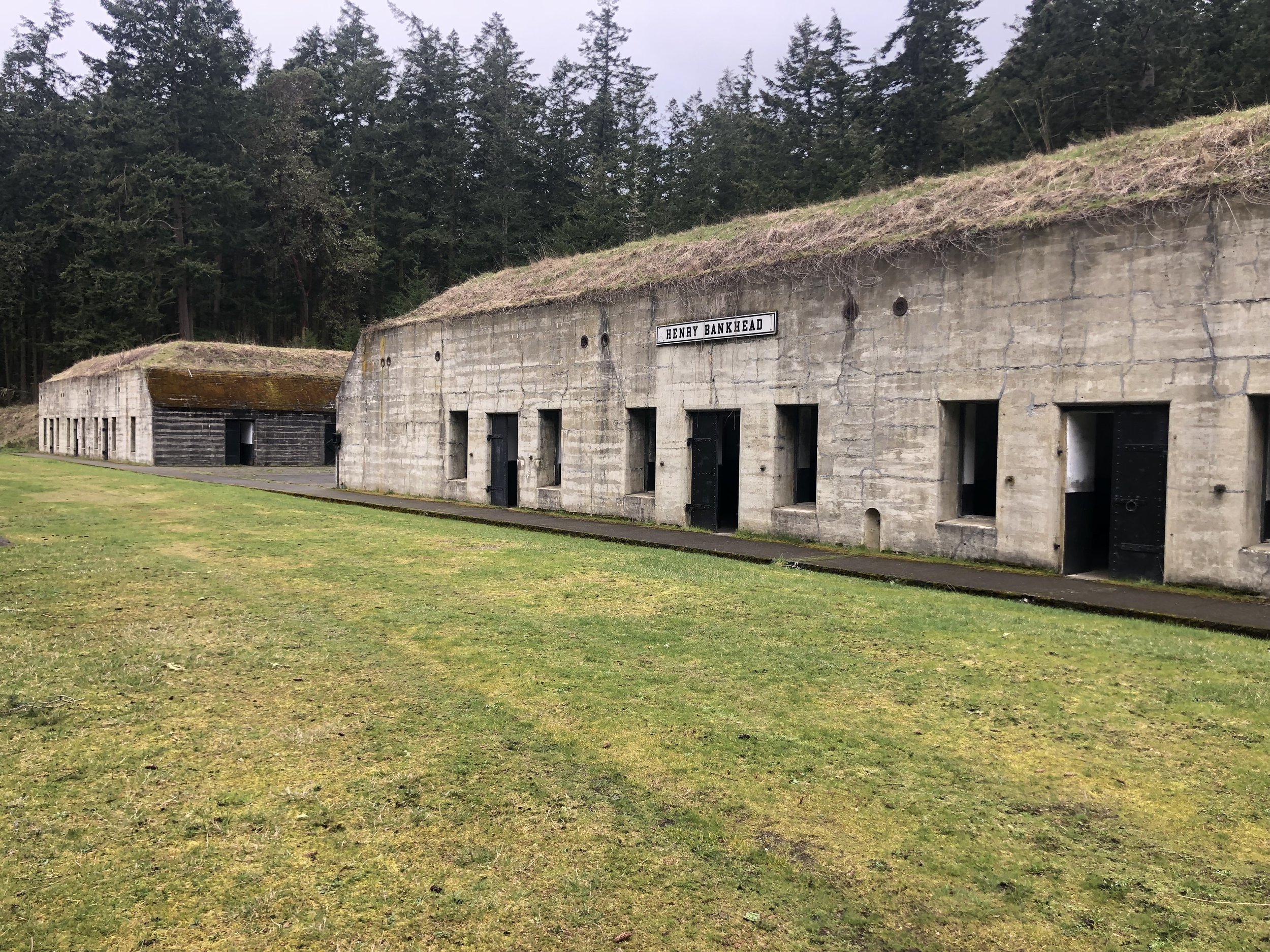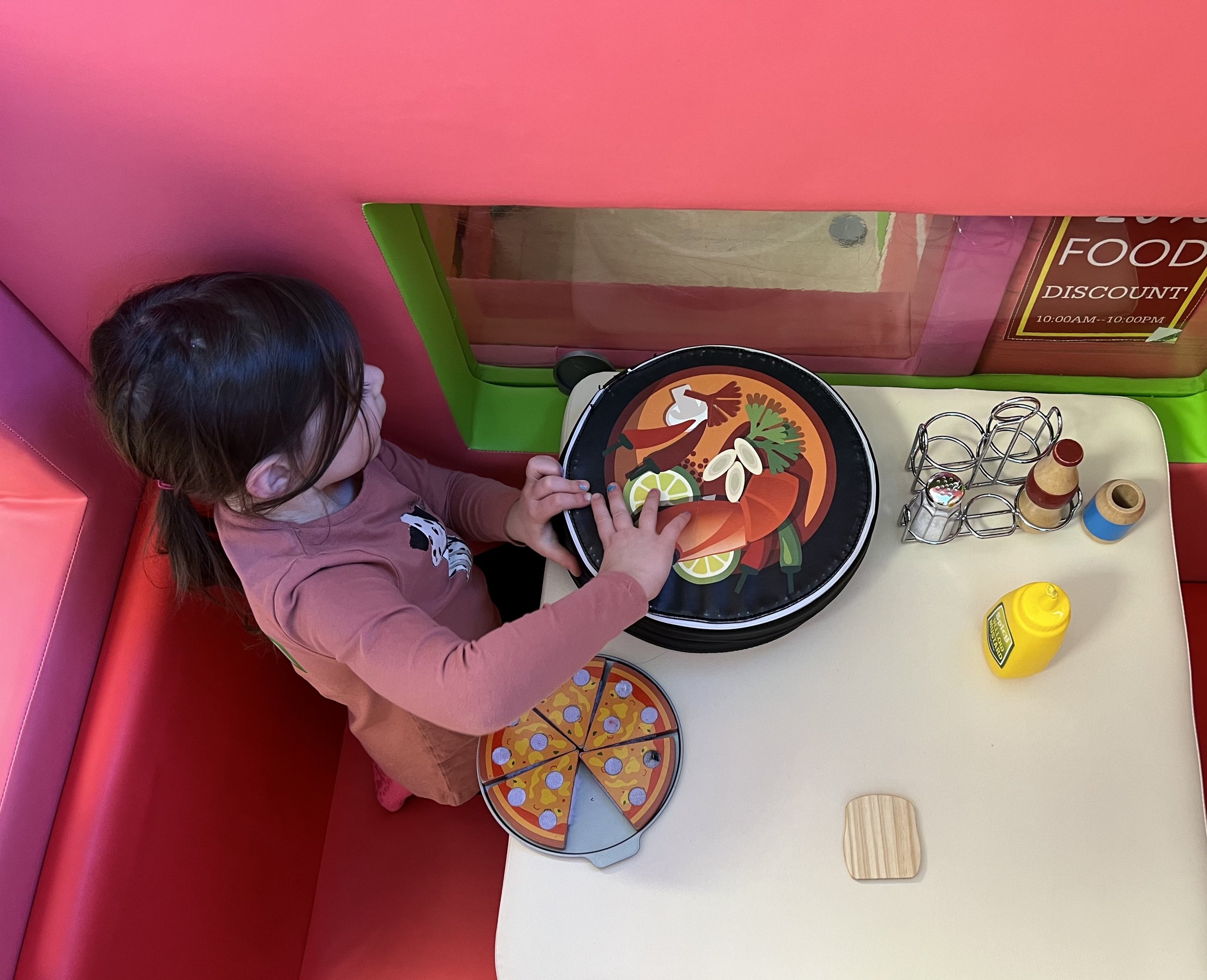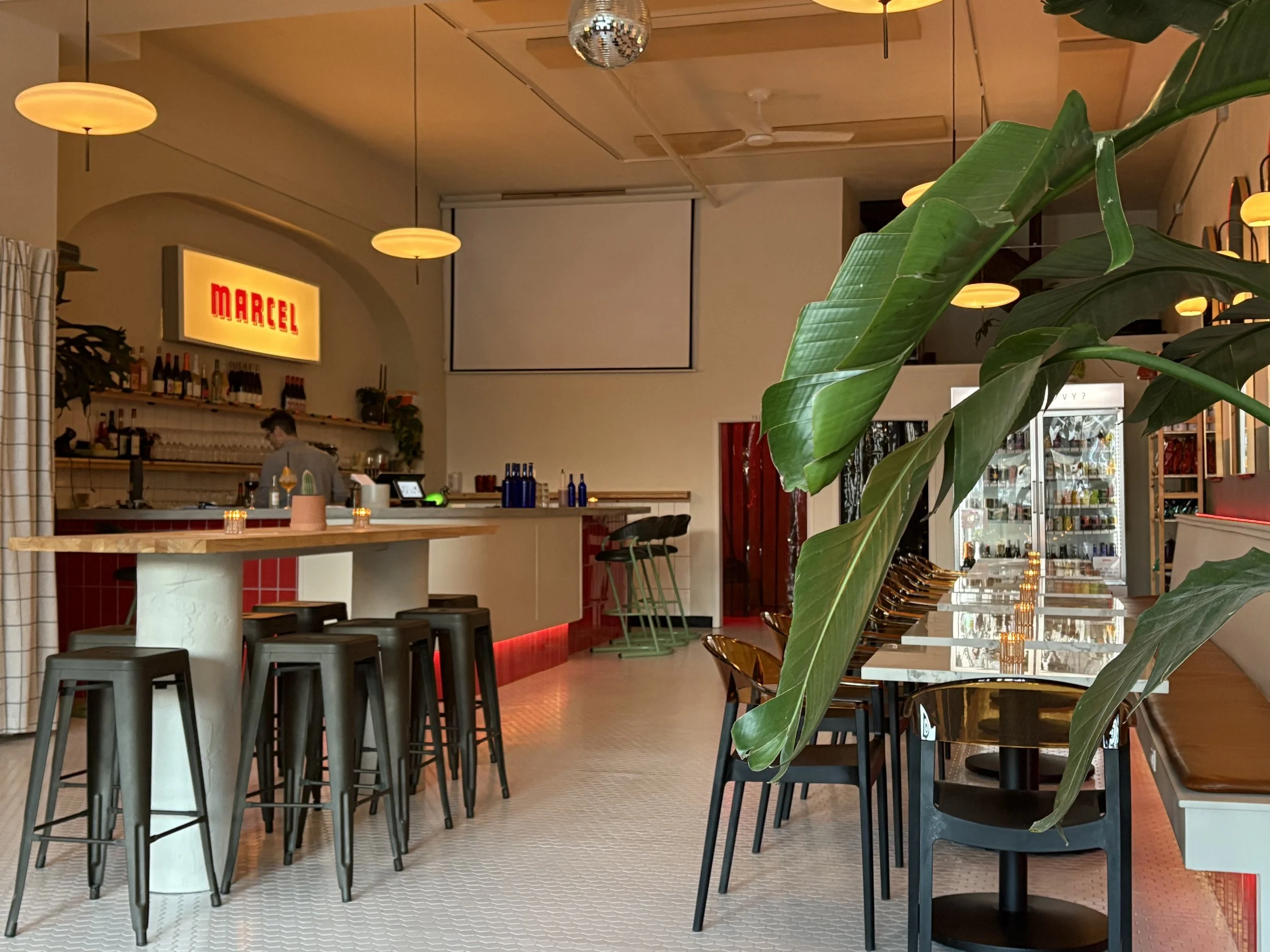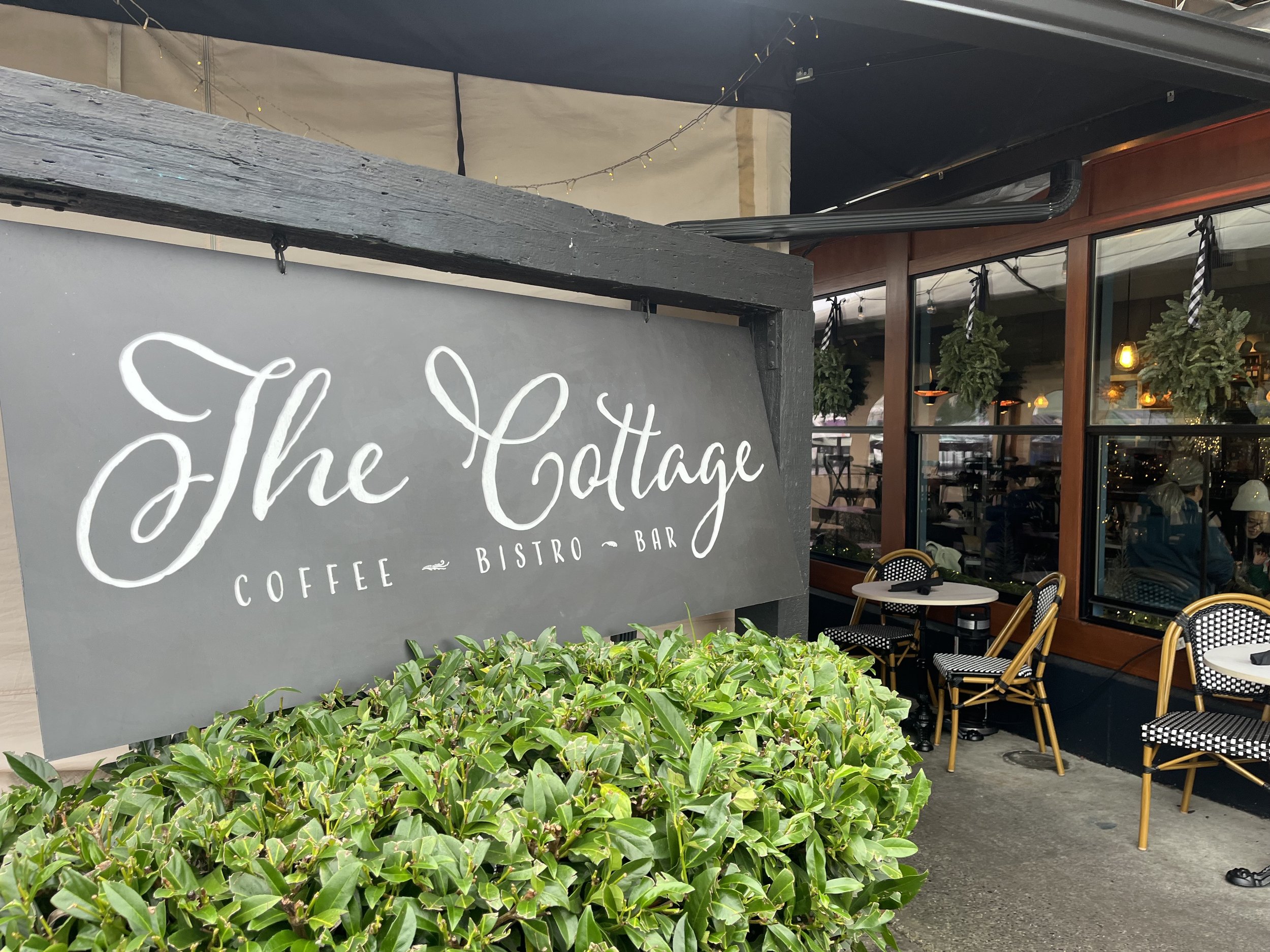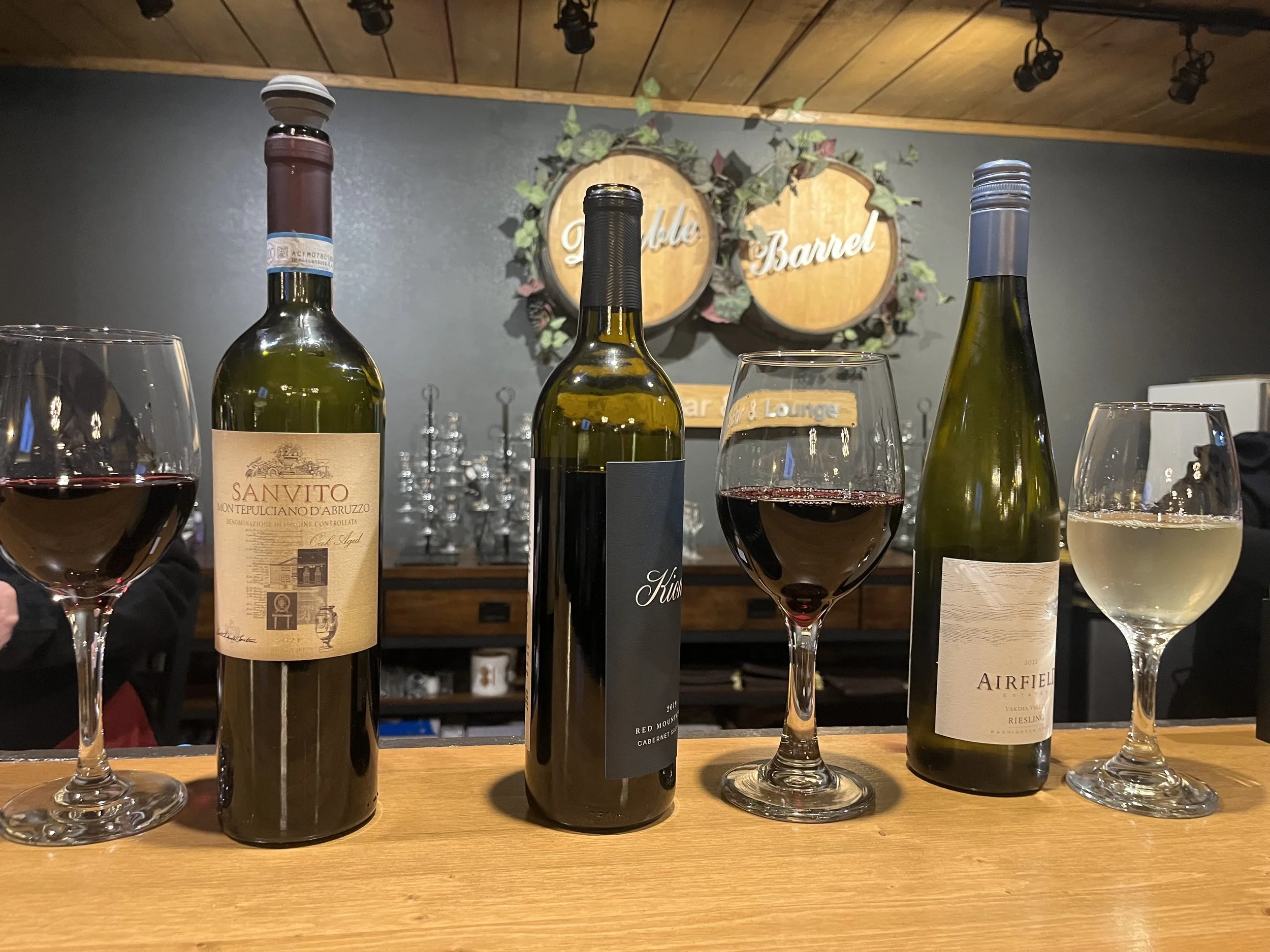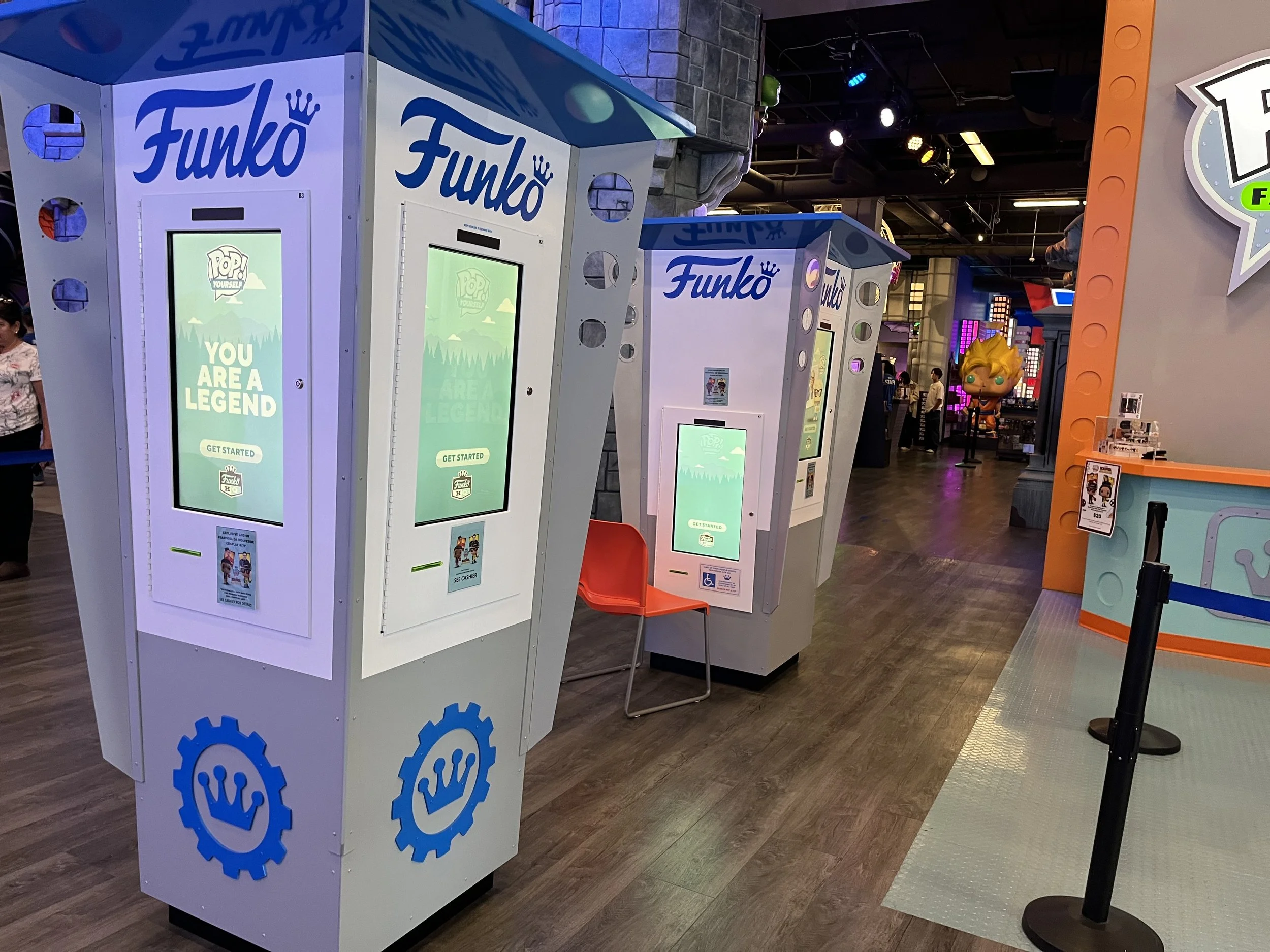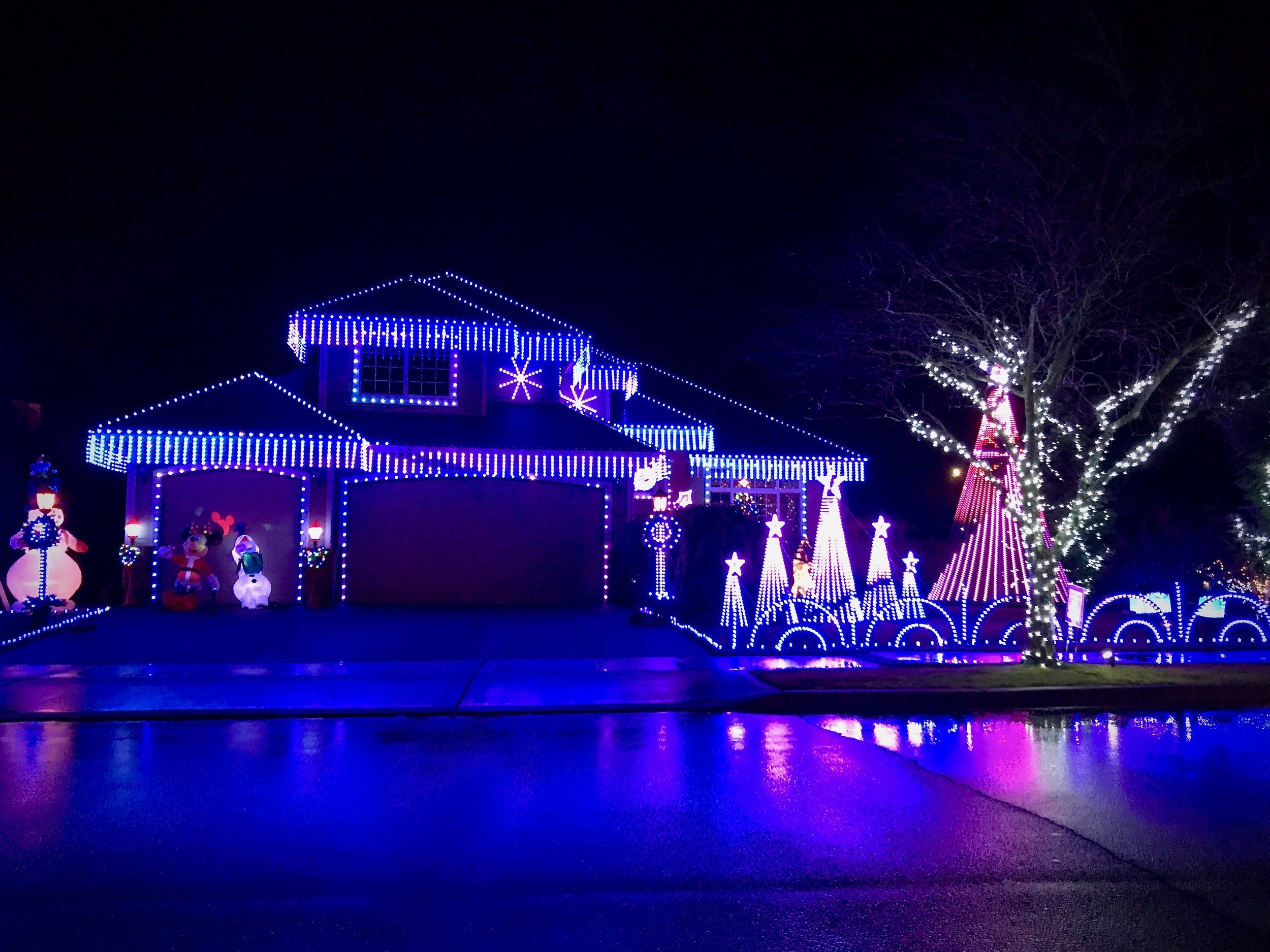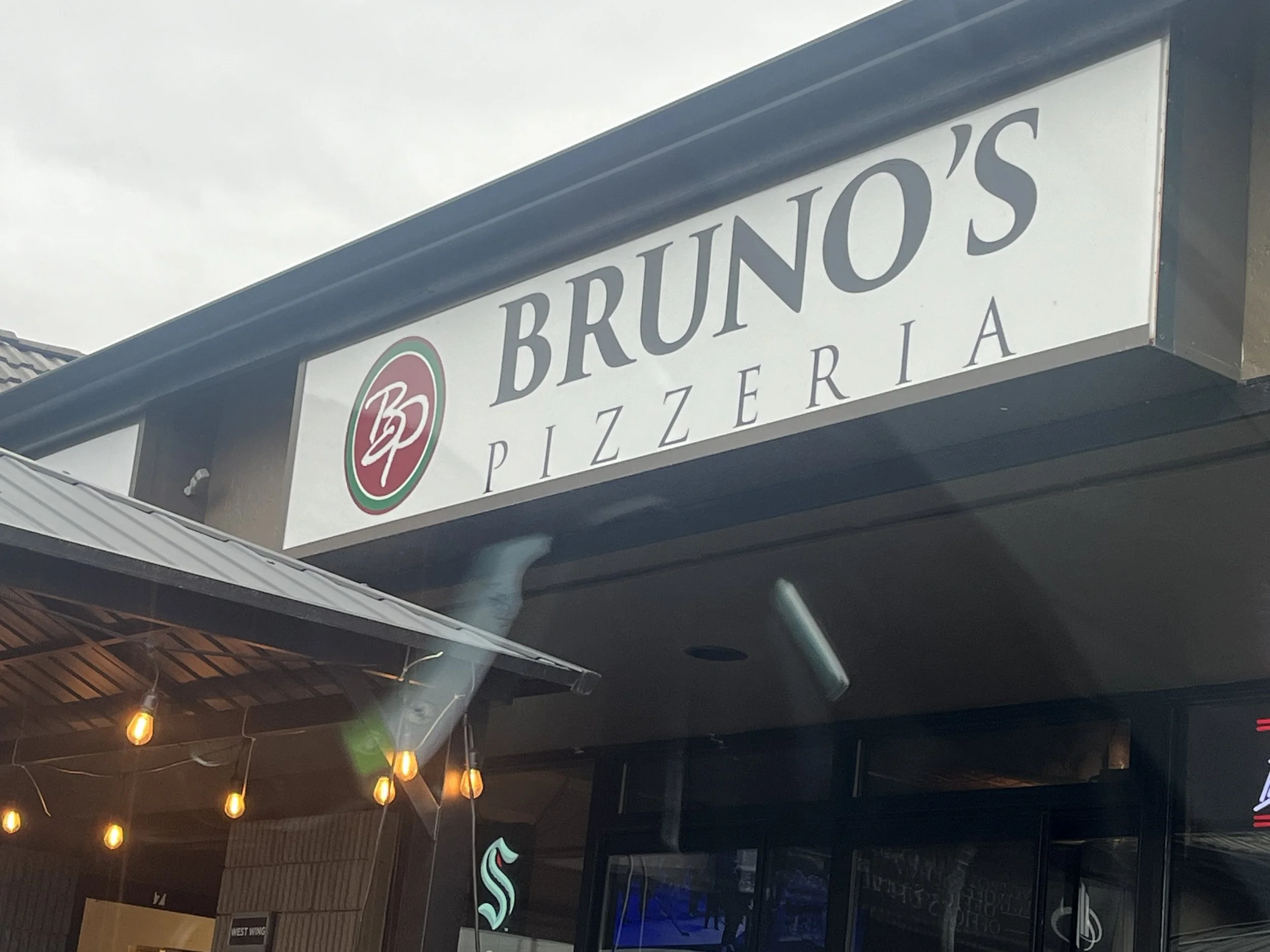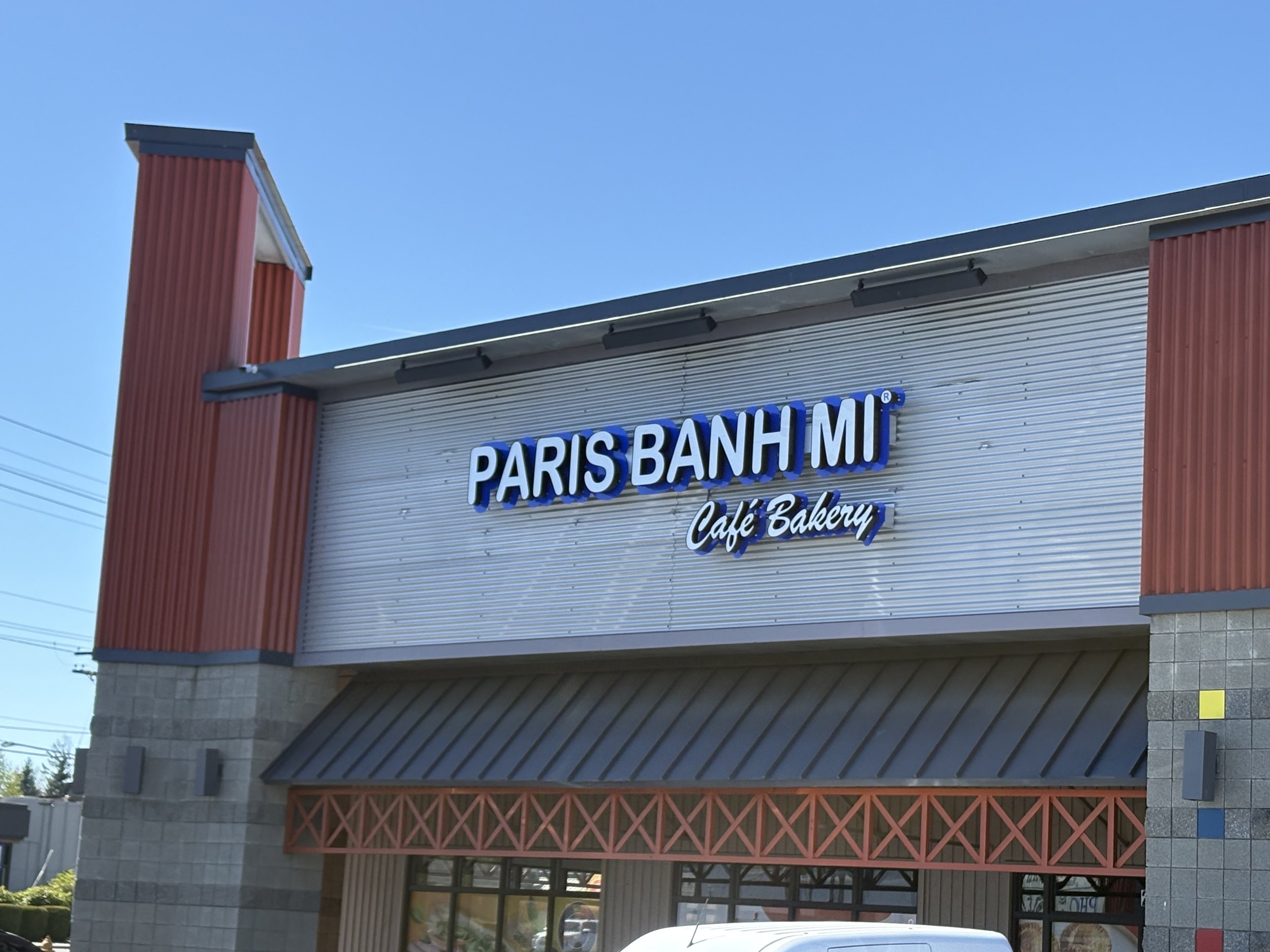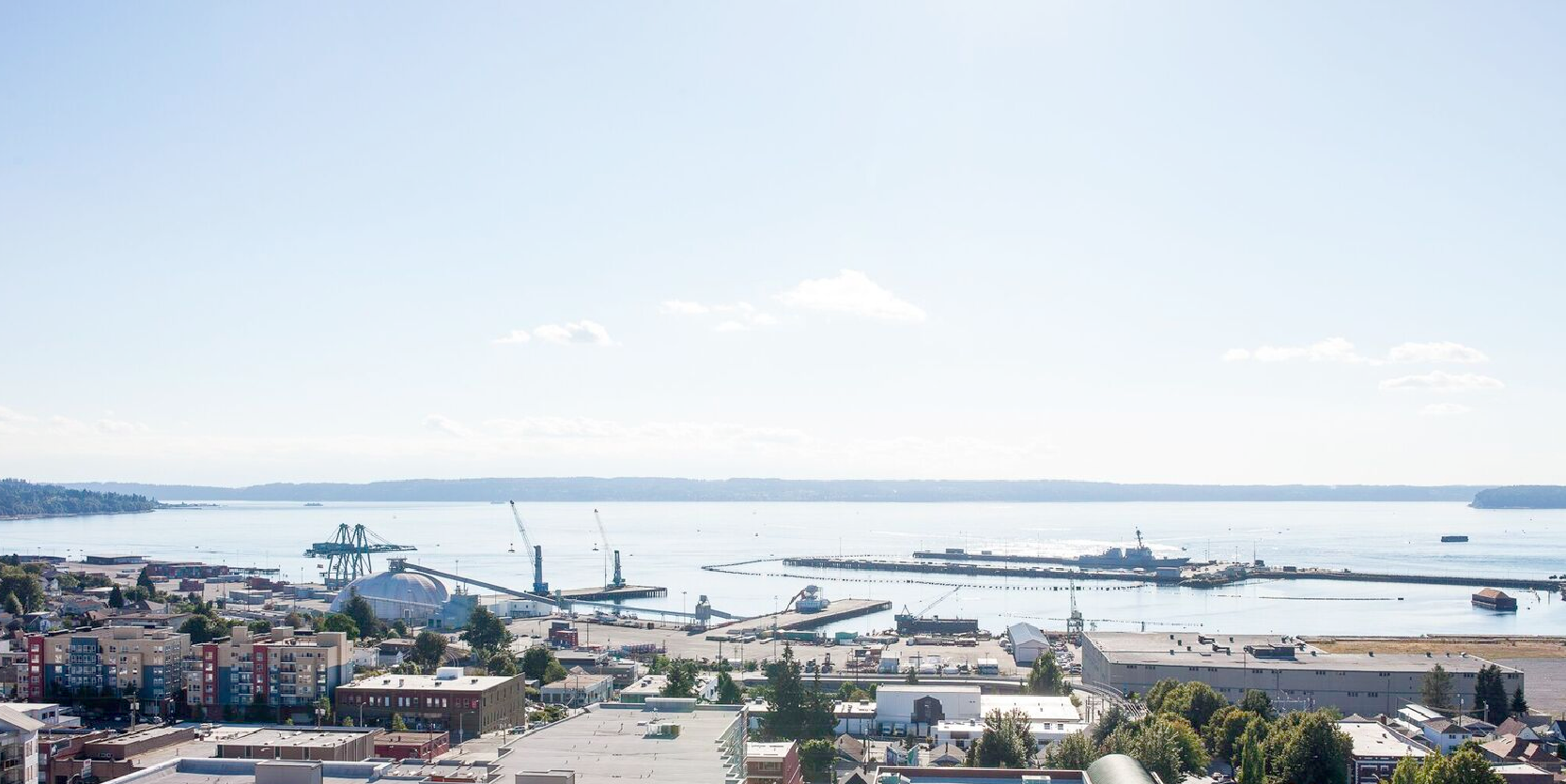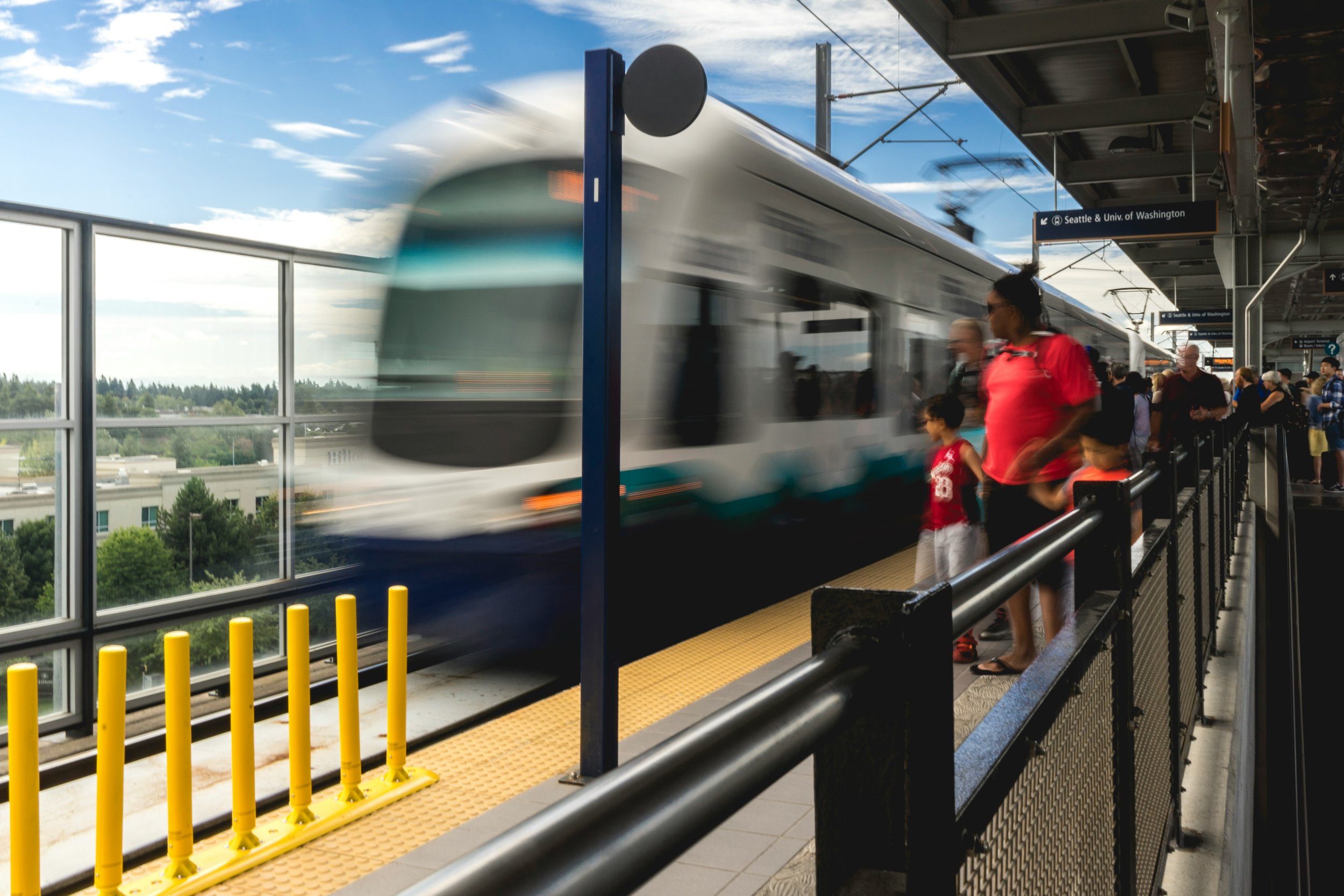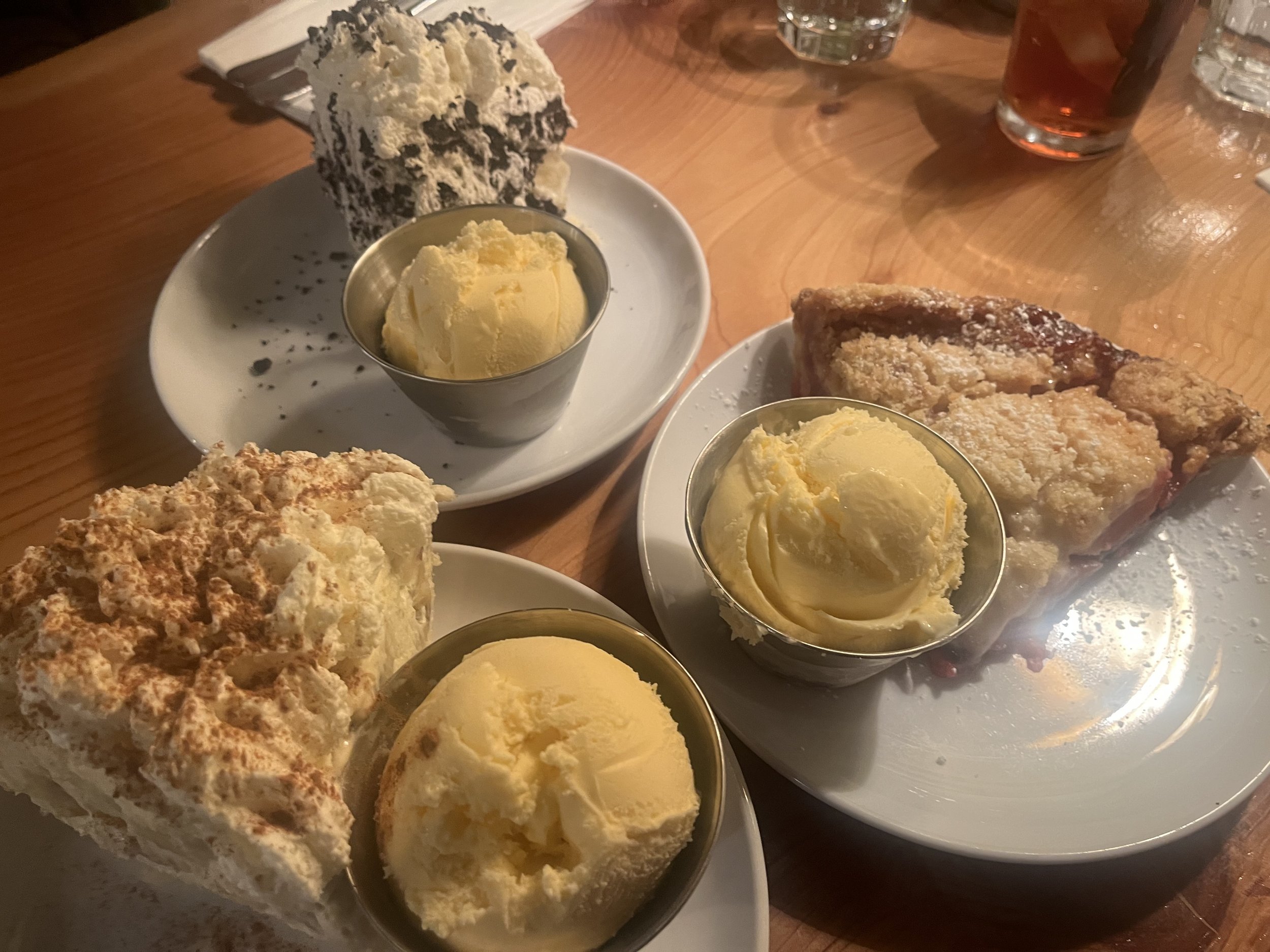Meet the Port of Everett
Editor's note: the following article is partnered content. If you'd like to partner with Live in Everett to reach our audience, please inquire here.
If you’ve been at the Port of Everett waterfront, you’ve no doubt driven, biked, or walked on the waterfront and asked yourself what’s going on here?
The road closures, the traffic redirects, the construction, the freight cranes... how does the puzzle fit together? What’s the big picture? And what will the Port of Everett waterfront look like when it’s all said and done?
We talked to the Port to get the scoop.
Behold the City of Smokestacks. One hundred years ago the Everett waterfront was dominated by paper and wood mills. Today, the Port is actively cleaning up mill pollution as well as implementing modern ecological practices // Courtesy Port of Everett
The first thing you need to know about the Port of Everett is that it’s been around a really long time. (Like, they purchased Jetty Island over a century ago.*)
The Port is responsible for managing the waterfront as it grows and changes. So, when they make plans, they’re thinking generationally—a decade, 25 years into the future.
Some of the projects are easily visible—like the Port’s development at Waterfront Place to bring in a new hotel and a mix of housing, office, retail and restaurants. And its as well as its collaboration with the City of Everett, who thought creatively to solve a stormwater issue by building and installing the giant pedestrian and utility footbridge from Grand Avenue to the waterfront.
Some Port projects you can’t see, like when crews reinforce docks to accommodate heavier modern cargo and larger ships or spend nearly a decade analyzing and cleaning up historic contamination to put properties back into productive use.
Diagram of the waterfront // Courtesy Port of Everett
Think of the Port generally as being two sections. The Navy base and everything south is the Working Waterfront — the deep-water maritime complex that includes the Port’s international Seaport where cargo ships arrive from all over the world to be loaded and unloaded, and the U.S. Navy base, home to service men and women who man the destroyers and other naval vessels to keep our community (and nation) safe. This Working Waterfront supports Snohomish County’s two largest employers— the U.S. Navy and The Boeing Company. While located in Everett, this Working Waterfront has significant economic benefits for all of Snohomish County and the region. It keeps our waterways open for commerce, which is especially important in a trade dependent county like ours. In Snohomish County, 60% of jobs are tied to trade.
Everything north of the Navy is considered the Recreational Waterfront. The side of the waterfront we’re more acquainted with. It represents more than half of the Port’s land and is dedicated to recreation and environment. Miles of walkable waterfront, boating and water sports, restaurants, parks and events. Each year, the Port invests in public access facilities to support the growing waterfront destination. In the past five years, the Port has invested more than $18 million in new parks, trails and open spaces for our community.
Let’s take a look at these two sections and how they complement one another.
The Port of Everett Seaport // Courtesy Port of Everett
The Working Waterfront
This is the part of the Port that, as a citizen, you can’t access. It’s fenced off and federally secured.
The deep-water seaport generates of the bulk of the Port of Everett’s revenue, about $30.2 million dollars a year. This area supports 34,000 family-wage jobs and about $370 million a year in state and local tax base to help fund community services such as police, fire and schools.** The revenue generated by the maritime industry here helps fund the Recreational Waterfront and its projects.
What does the Working Waterfront import? Mostly airplane parts for Boeing and “breakbulk,” or cargo that’s oversized or of irregular dimensions. This includes industrial parts, construction steel, bulk cement, military cargo, agricultural equipment and oversized windmill blades.
What does the Port export? Washington State’s top two exports make the list as Port of Everett exports—aerospace products and soybeans – as well as forest products, agricultural products, military cargo, and machine parts. Fun fact: your port represents the second largest export customs district in the state and ranks 5th among all West Coast ports - $21 BILLION in exports in 2018.
Sikorsky UH-60 Black Hawk helicopters at the Port of Everett // Courtesy Port of Everett
A few other cool facts. Ever wondered what's in that giant dome? It’s filled with powdered cement that supports the construction boom in the region from Seattle to Alberta, Canada.
This deep-water port is also the historic site where the 1916 Everett Massacre played out. Pier 2, where the conflict took place was removed in the 1972,*** and after September 11, the Seaport was closed to the public for national security reasons. Efforts are underway to commemorate the history at the street end of Hewitt Avenue near the Anchor Tavern in conjunction with the BNSF Hewitt Trestle replacement project.
Everett is home to the largest marina on the West Coast. Some people live aboard their boats // Courtesy Jake Campbell
Recreational Waterfront
Now on to the Recreational Waterfront. This is where Everett residents and recreators are able to access and touch the water. It’s everything north of the Navy base.
The Recreational Waterfront is three marina basins, restaurants like Lombardi’s, Scuttlebutt, and Anthony’s Woodfire Grill, and the new Jetty Bar and Grille. This will be the area easily accessible by the City’s new footbridge. It’s home to submarine makers OceanGate, and as of this past fall, the brand-new Hotel Indigo offering 142 rooms, a full-service restaurant and bar and 7,000 square feet of event space.
The Recreational Waterfront will soon be home to 266 luxury apartments— – the first housing opportunity in the history of the waterfront.
Jetty Island is a two-mile man-made landmass just off the coast of Everett. It’s open during the part of the summer and accessible via free public ferry // Courtesy of Jake Campbell
The three marina basins are filled with 2,300 slips, making the Port of Everett home to the largest public marina on the West Coast. It’s also home to the largest boat launch in the state with direct access to abundant fishing and crabbing.
This is where the waterfront comes alive in the spring and summer with events like Music at the Marina, Food Truck Fridays, and the Fresh Paint Arts Festival, as well as the Port’s Sail-In Cinema Friday night outdoor movies, which takes place at the scenic Boxcar Park. The marina is also where you can catch the ferry over to the wind and waves at Jetty Island. Where you can picnic, walk a continuous 6-mile stretch of waterfront trail, fly a kite, learn to stand up paddleboard, bird watch…the list goes on.
Music at the Marina brings live music to the waterfront during the summer. Pro tip: get a drink and some appetizers on the Lombardi’s patio while catching live tunes // Courtesy Jake Campbell
The vast majority of this development, recreation and public access is made possible by the revenue generated by the Working Waterfront. This is why a balanced waterfront is so important to our community’s future so we can have both jobs and fun.
Stewardship of the shoreline is also in the Port’s hands. Enhancing and protecting our land, air, water, and marine wildlife through environmental cleanup and green initiatives. The Port has cleaned up 212 acres of waterfront contamination left behind from former mill and industrial uses. And with its 353 acre Blue Heron Slough mitigation project going on parallel to I-5, the Port is doing it part to enhance and protect salmon habitat.
The Future
Let’s take a look past the cranes and traffic cones to where the Port is going. Here’s the future of the Everett waterfront.
It’s a place that provides a balanced waterfront supporting trade, economy, national security, public access and recreation. A place that supports jobs, livability and the environmental health of our region.
It’s a place that continues to bring revenue and jobs to the region and support new and growing industrial and manufacturing facilities. Like over at the Port’s Riverside Business Park where development has attracted the likes of Amazon and FedEx, and is bringing in 800 new jobs, supporting 2,300 other area jobs and is set to infuse $730K annually in state and local tax base. Looking further North, the Port is supporting industrial developments in Arlington and Marysville expected to generate 25K new jobs by 2040 and provide closer to home work opportunities.
It’s a place connected by biking trails, walking trails, and bus lines, easily allowing people from residential areas and the downtown core of Everett to touch the water and get to restaurants, craft distilleries, and breweries.
It’s a place that continues to improve s the quality of life for everyone in Everett.
So the next time you’re sitting in traffic, it pays to think a few years into the future. This is all going somewhere pretty great, and we, the citizens of Everett, will benefit from this construction and the economic opportunities that comes with it.
Good things happen here.
Thanks to the Port of Everett for helping contribute to the bright future of our mill town. Here’s to another century of progress.
Dog walking at Boxcar Park // Courtesy Jake Campbell
Holiday on the Bay
Saturday December 7, 11 am - 6 pm
The Port of Everett’s Holiday on the Bay is this Saturday.
A free community festival including a holiday market, cookie decorating, holiday crafts, tree lighting, boat parade and more.
*To clear up a common misconception,I always thought Jetty Island was owned by the City of Everett, but in fact, it belongs to the Port. The Port partners with the City to host Jetty Island Days on the island and provide free seasonal ferry access July 5 through Labor Day.
**Maritime jobs provide an average income of $86,000/year. By contrast, the average median household income for Everett is $48,562.
***Access to the international Seaport was restricted after September 11. That’s when the chain link fences went up and those entering had to present a special credential to gain access past the security gate. If you’re interested in getting close to the site of the Everett Massacre, your best bet would be to check out the commemorative plaque mounted at the west end of Hewitt near the Anchor Pub or snag a seat during the Port’s annual community bus tours in the spring.
Live in Everett is a media outlet dedicated to reporting on the good things that happen in our city. We like to share about new restaurants, culture, events, and opportunities for civic engagement. Learn more about us here, and join us as we proudly wave the Everett flag.










